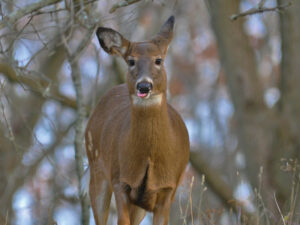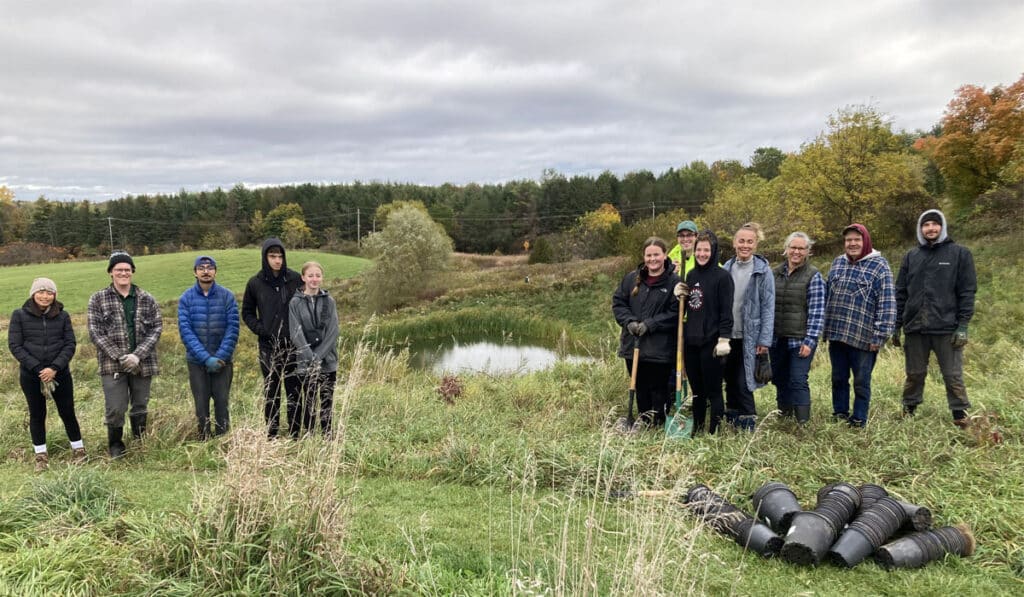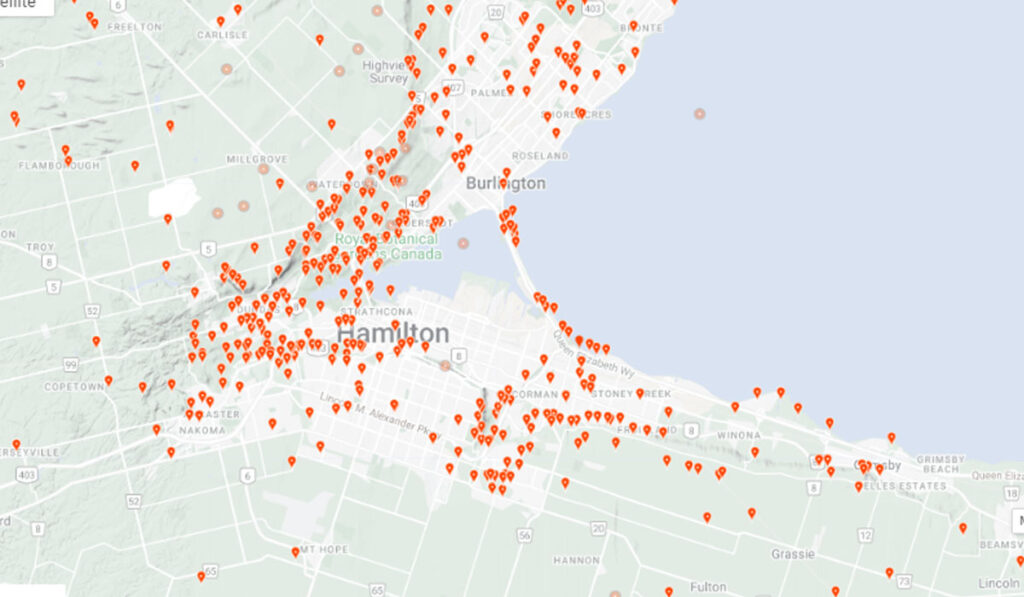Conservation Areas provide a wide range of opportunities for people to get out and enjoy nature and enjoy outdoor activities. Recreational activities which involve viewing wildlife such as bird watching or wildlife photography can be especially fun and rewarding.
There are some basic rules of etiquette however, that visitors should abide by when viewing wildlife in HCA Areas and elsewhere, to help protect wildlife and ensure a safe experience for all visitors:
Prohibited Activities
The following activities are prohibited in HCA Conservation Areas. Failure to follow conservation area rules and regulations can result in a monetary fine.
 Birds and Photography
Birds and Photography
Seasonal migration of birds is an exciting time for many outdoor enthusiasts and occasionally, rare birds may find their way to places they’re not normally observed. Migration is a stressful time for birds and some travel thousands of kilometres. This is why it’s important for visitors be respectful, and give these birds the quiet and space they need. When they land at stopover sites (locations where birds take a break on migratory flights), it can take them several days to recharge before they are able to continue on their journey.
Disturbing and harassing migratory birds can be deadly for them. The stress causes birds to change their normal behaviour, and instead of foraging for food, they spend their energy trying to get away from stressors caused by loud noise and other disruptions. In many cases, this excess energy expenditure from fleeing can cause birds to be unable to gain enough weight/energy to continue on their migration. This means that these birds will not be successful at reaching their migration destinations, finding mates, breeding or rearing offspring. Needlessly harassing birds to view them and/or take photos can be their death sentence.
Rare Wildlife and Data Sharing
Don’t Share Specific Information
When photographing or observing rare or sought-after species (e.g. owls), stop and think about the impacts of sharing specific information. Sharing a photo with GPS tags and data to social media, or telling others the specific area you spotted a species, often causes an influx of people. Increased visitation can cause major harm to the species, its habitat, and other wildlife in the area.
 When to Share Specifics
When to Share Specifics
Data sharing is beneficial when provided to the right sources, like scientific communities, that collect and use the information to help protect rare species and their habitats. Sharing on platforms like iNaturalist and eBird is encouraged, because uploaded information is automatically hidden from public access, but can be made available for scientific use.
Here are some good tips to follow when you consider publicly sharing photos of rare or sought after species:
- Don’t list a specific location (e.g. GPS coordinates) of where a photo was taken or a sighting was made. Use a more general description of the area (e.g. region, municipality).
- Avoid listing or tagging the species name on social media. Industry professionals or those experienced with the species will be able to identify it easily without you posting it.
- Avoid sharing photos with specific landmarks or spatial references in them. Even if you don’t list a location, many people can recognize where a photo was taken based on rock formations, buildings, signs or other easily recognizable features.
Related Links for more information:







